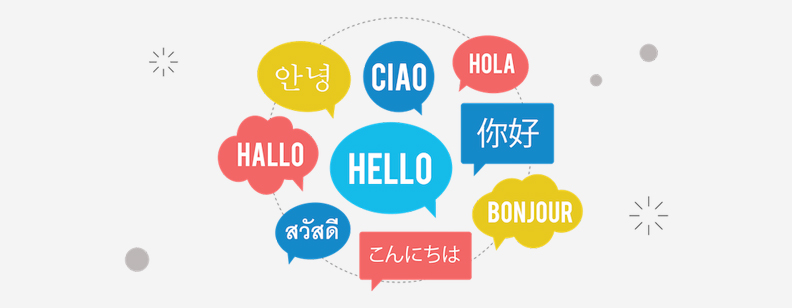Nowadays, more and more overseas brands flood into Chinese market. A brand stands not only for the image of a company but also for the quality of products. Therefore, a successful translation of brand name will, to a large extent, arouse customers’ favorable association and interest, improve the brand image among customers and produce good advertising effect.
There are four commonly used methods for translation of brand names, namely transliteration, literal translation, free translation and combination of transliteration and free translation
Transliteration:
Transliteration means translating brand names according to their pronunciation and when translating the brands names which are composed of proper or coined words, this method usually applies.
Customers can easily feel some exotic elements from brand names translated through this method and their curiosity and interest will be aroused. Take the famous crystal brand “Swarovski” for example, it is translated into “施华洛世奇”.
Though it seems too complicated for Chinese customers, this translation successfully conveys the implication: luxury. Thus its customers can easily perceive the fashionable and luxurious elements through the translation.
Literal translation:
Literal translation means translating brand names according to their literal meanings. So, when translating the brand names composed of common words which have certain meanings, this method usually applies.
The biggest advantage of this method is conveying the product’s features to the target customers through the meaning implied by the translation and arousing customers’ association.
For example, the famous auto brand “Jaguar” is directly translated into “美洲虎” (or “捷豹”), which makes the customers associate cars of this brand with power, agility and vigor. Thus the translation successfully conveys this favorable association to the target customers.
Read Also: We Need Translations although We Have English
Free translation:
Free translation means translating brand names neither according to pronunciation nor literal meanings. If the original brand names cannot fully reflect the functions and features of products, this method may be adopted to arouse favorable association.
To this extent, this method allows creation and innovation. For instance, “Sprite”, a famous soft-drink brand, is translated into “雪碧”。The original meaning of sprite is “妖精,精灵;鬼怪;调皮鬼”, but obviously, these Chinese words cannot express the features of the product.
While from the word “雪碧”, customers will associate the drink with snow and ice. Thus the translation succeeds in giving the customers the sense of cool.
Combination of transliteration and free translation:
This method is the combination of transliteration and free translation, integrating the exotic style of pronunciation with the favorable association perfectly. Usually, this method can produce a perfect effect of advertising.
Take the famous sneaker brand “Reebok” (translated into “锐步”) for example. The Chinese word “锐步” is similar to “Reebok” in pronunciation and meanwhile, conveys the meaning of forging ahead with determination and rapid paces.
Take a look at how we helped our client by localizing their project for English language. Click here to read the complete case study



